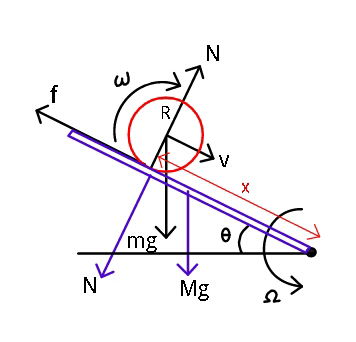
AllQuestion and Answers: Page 1614
Question Number 47979 Answers: 0 Comments: 8

Question Number 47957 Answers: 3 Comments: 3

Question Number 47947 Answers: 0 Comments: 1

Question Number 47939 Answers: 1 Comments: 2

Question Number 47938 Answers: 0 Comments: 1

Question Number 47932 Answers: 1 Comments: 1

Question Number 47917 Answers: 0 Comments: 0

Question Number 47916 Answers: 2 Comments: 1

Question Number 47915 Answers: 2 Comments: 0

Question Number 47912 Answers: 0 Comments: 0

Question Number 47908 Answers: 0 Comments: 0

Question Number 47906 Answers: 0 Comments: 2

Question Number 47903 Answers: 0 Comments: 6

Question Number 47902 Answers: 0 Comments: 1

Question Number 47900 Answers: 0 Comments: 0
Question Number 47899 Answers: 0 Comments: 0

Question Number 47896 Answers: 1 Comments: 0
Question Number 47883 Answers: 2 Comments: 1

Question Number 47881 Answers: 0 Comments: 1

Question Number 47874 Answers: 0 Comments: 0
Question Number 47863 Answers: 0 Comments: 0
$${find}\:\int\:\sqrt{\mathrm{1}−{x}^{\mathrm{4}} }{dx} \\ $$
Question Number 47860 Answers: 0 Comments: 1
Question Number 47857 Answers: 0 Comments: 1
Question Number 47852 Answers: 0 Comments: 1
Question Number 47851 Answers: 2 Comments: 3
Question Number 47848 Answers: 0 Comments: 2
Pg 1609 Pg 1610 Pg 1611 Pg 1612 Pg 1613 Pg 1614 Pg 1615 Pg 1616 Pg 1617 Pg 1618
